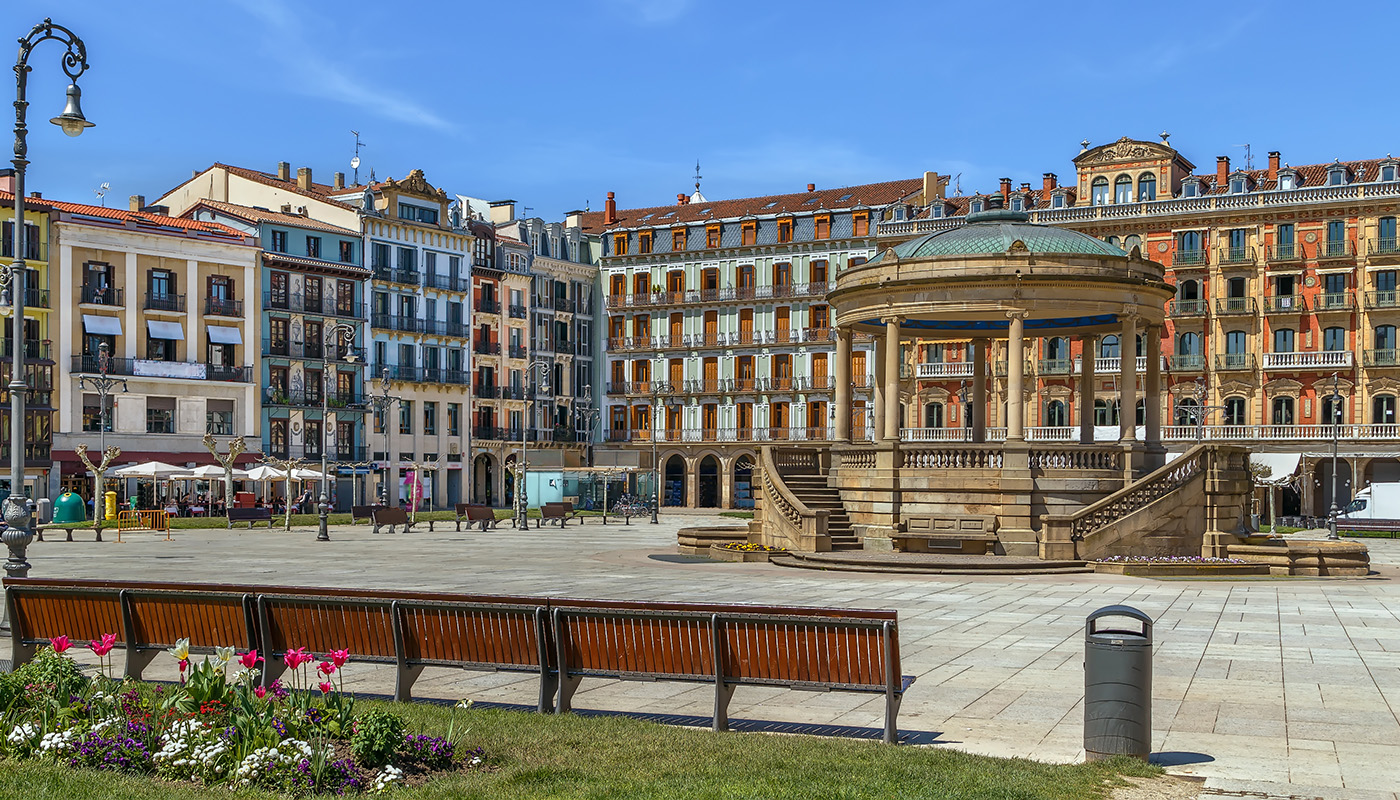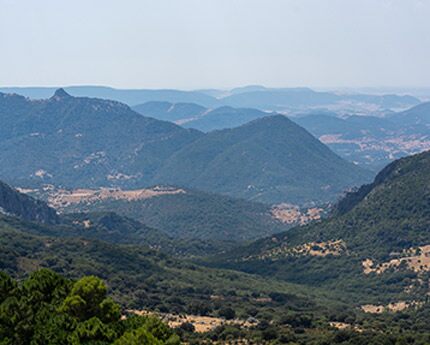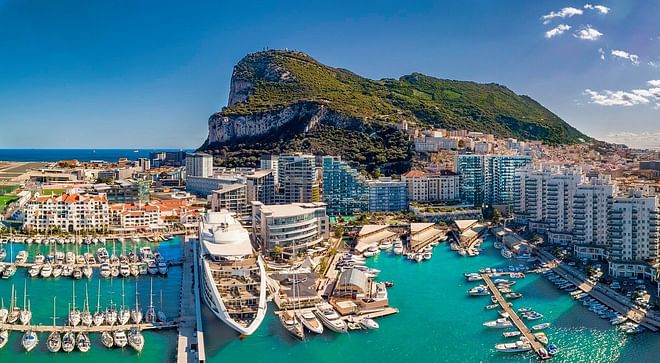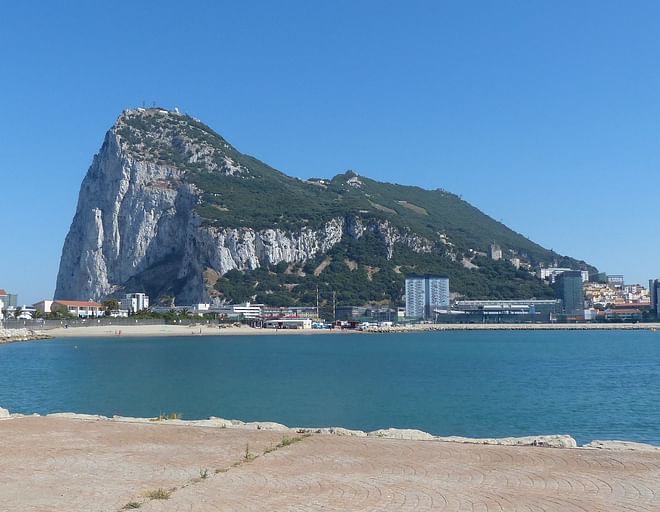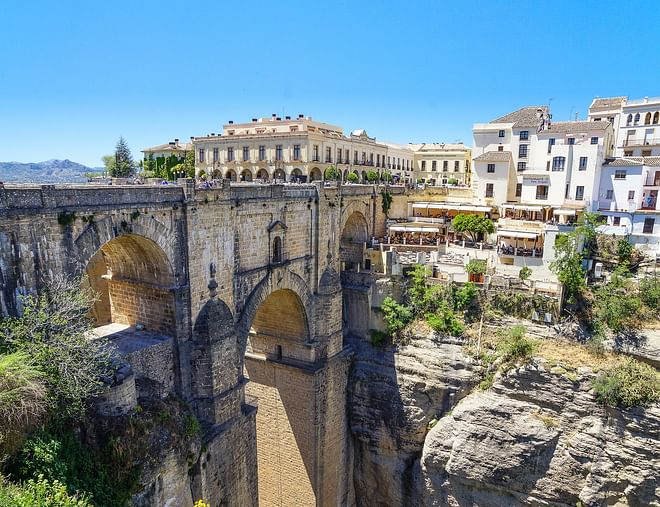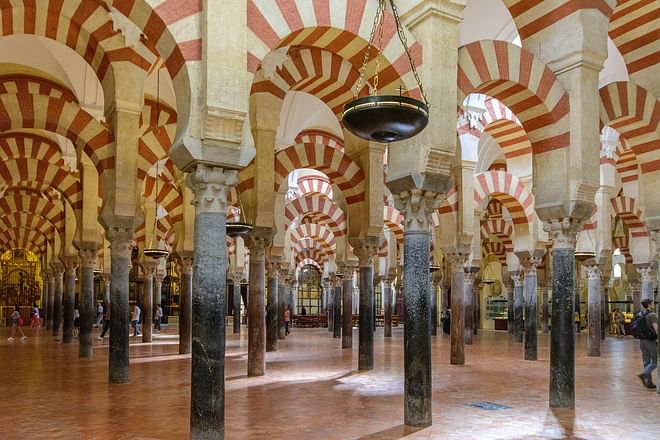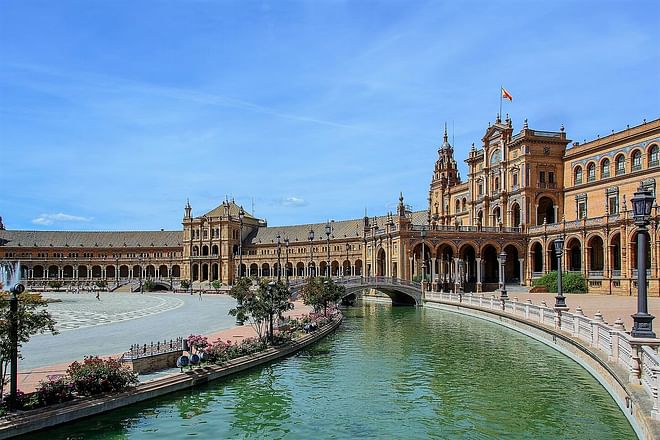In 1855, the Marquises of Casa Loring decided to create a recreational garden in their residence on La Concepción estate that would reflect the parks and palatial villas they had seen during their honeymoon in Europe. Jorge Loring y Oyarzábal and Amalia Heredia Livermore, a wealthy couple from Málaga of Anglo-Saxon descent, hired the services of the French gardener Jacinto Chamoussent to plant the exuberant tropical garden that today makes up the historical garden of the Botanical Garden of Málaga, a 23-hectare site located in the north of Málaga, on the banks of the Guadalmedina river. However, it was only much later, in the nineties of the twentieth century, that this amazing public space came into its full blossom, with the incorporation of the modern gardens—a collection of plants ordered under scientific criteria. In short, it is a captivating place whose greatest attractions are not only its 50,000 plants, belonging to more than 2,000 tropical, subtropical and native species, but also the archaeological remains brought together by those same aristocrats who also loved art, as well as the romantic spaces in which their life passed—a life of which the garden’s 150-year history reminds us today.
La Concepción Botanical Garden: a brief tour of its history
Since its creation in the mid-nineteenth century, the garden of La Concepción garnered much fame, not only because of the amazing work carried out by the gardener Chamoussent, but also because of the magnificent collection of archaeological remains that the Lorings brought together in the Museo Loringiano [the Loring Museum], and which can be seen in the garden today.
In 1911, the family went bankrupt and was forced to sell the estate to the Bilbao-born family Echevarría Azcarate, who became the second owners. They would create new, also romantic spaces, such as the Mirador viewpoint or the Nymph Pond, and would add intensity to the artistic character of the garden with the installation of several sculptures among the vegetation. Their work resulted in the estate being declared a Historical-Artistic Garden (today known as an Asset of Cultural Interest) in 1943.
La Concepción would be well-looked-after and preserved in a satisfactory state until 1963, firstly by the Basque couple and subsequently by a brother of hers. However, after they all died, the garden was abandoned until 1990, when the Málaga City Hall bought the estate to rehabilitate it and create a botanical garden, comparable with those of other major European cities.
Touring the historical garden of the Marquises of Loring
The heart of the botanical garden, stretching 3.5 hectares and located on a hillside, remains intact since the Marquises of Casa Loring created it in the mid-nineteenth century. Designed in an English style, in it we can find ancient and colossal specimens: enormous and hundred-year-old ficus, araucarias, casuarinas, magnolias, cypresses, cedars, etc. There is also a collection of hundred-year-old palm trees which is considered unique in Europe. It is a place of enormous beauty which has a romantic aura that invites you to stroll around peacefully and discover its small ponds and iron bridges, waterfalls, viewpoints and former greenhouses, among other treasures.
There are some points along your walk that are noteworthy, such as the former gazebo, a huge iron pergola under which the Marquises, who had a busy social life, celebrated lavish banquets. These were mostly held during the beginning of spring, between the end of March and the beginning of April, when the wisteria bloomed, a climbing plant originating from China that we still see today getting tangled up in the most unexpected spaces. Another highlight is the Nymph Pond, fed by a torrent of water and built in 1911 by the Echevarría Azcarate family: the sculpture of a nymph pouring water from a pitcher is spectacularly beautiful.
Finally, a small Doric-style temple that stands in the middle of the garden will draw your attention: this is the aforementioned Museo Loringiano. The Marquis of Loring had it built in 1858 to house a Roman mosaic that had been discovered in Cártama. For years the garden also accommodated the Lex Flavia Malacitana, a bronze tablet containing the statutes that regulated Roman Málaga; today it can be found in the National Archaeological Museum of Madrid.
Modern gardens: a journey through five continents
The modern gardens planted in the 90s surround the historical garden and make up the actual botanical gardens. They include a collection of plants arranged according to scientific criteria; there are several different paths that can be taken to discover the planet’s incredible biodiversity. The most popular is Around the World in Eighty Trees, a path that takes the visitor on a tour of 80 specimens that are representative of the five continents. In the garden called The World Atlas of Palm Trees there are up to 75 species of this tropical tree which, together with the historical garden’s palm grove, make up one of the biggest collections of palm trees in Europe.
Other outstanding collections are Prehistoric Plants, the Rockery of Biodiversity with flora typical of the Mediterranean climate, the Garden of Succulents and Plants of Our Land with olive trees and varieties of vines from the area. La Concepción also has a greenhouse whose conditions are set at the temperature and humidity of tropical forests, providing a home for several carnivorous plants, bromeliads and orchids.
The House-Palace and other not-to-be-missed charming corners
Among its lush gardens, La Concepción hides several buildings that remind us of the fact that two families lived here for more than 100 years. The main one is the House-Palace, a Classical-style mansion that the Marquises of Loring had built on top of the hill. Its privileged enclave allows you to enjoy beautiful views of the entire estate, with Málaga and the Mediterranean Sea in the background. In its restored interior we can visit the halls and rooms in which the lives, gatherings and parties of the aristocrats took place; such events where attended by high society and figures such as the politician Cánovas del Castillo and Sisi—Empress Elisabeth of Austria.
On our walk we will also find other buildings, such as the former gardener and groundskeeper houses, nineteenth-century greenhouses and the old school, built by the Echevarría Azcarate family at the beginning of the twentieth century for their children and those of the families at their service. The best place to take in all the surroundings is at the historical viewpoint built by the Basque couple in 1920, a magical place which is used today by many Málaga residents to ask for their future partners’ hands in marriage.
















































